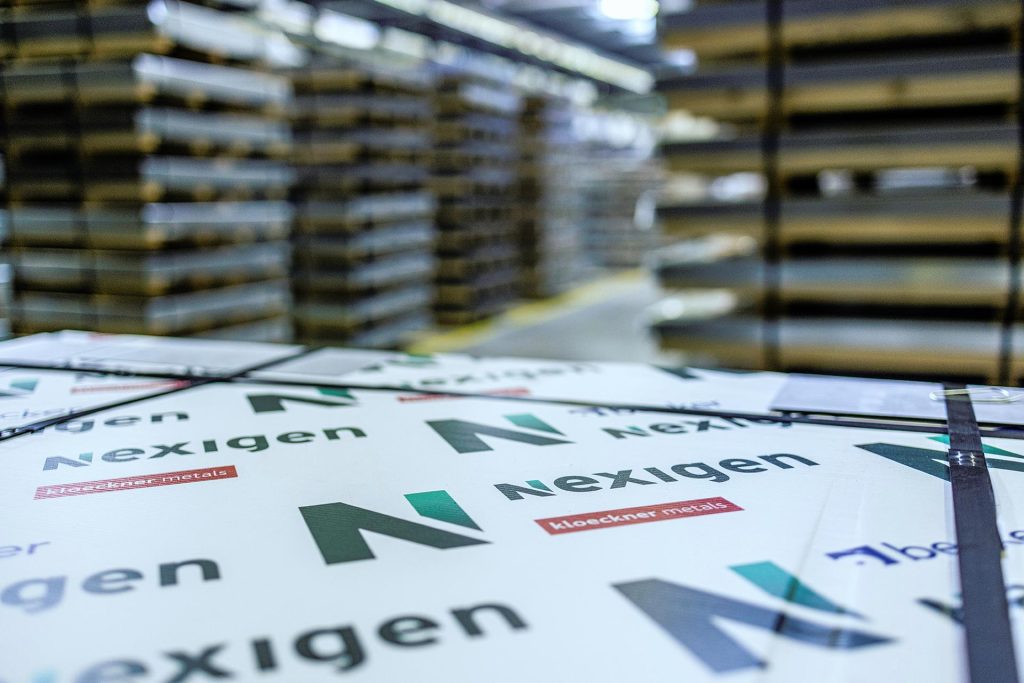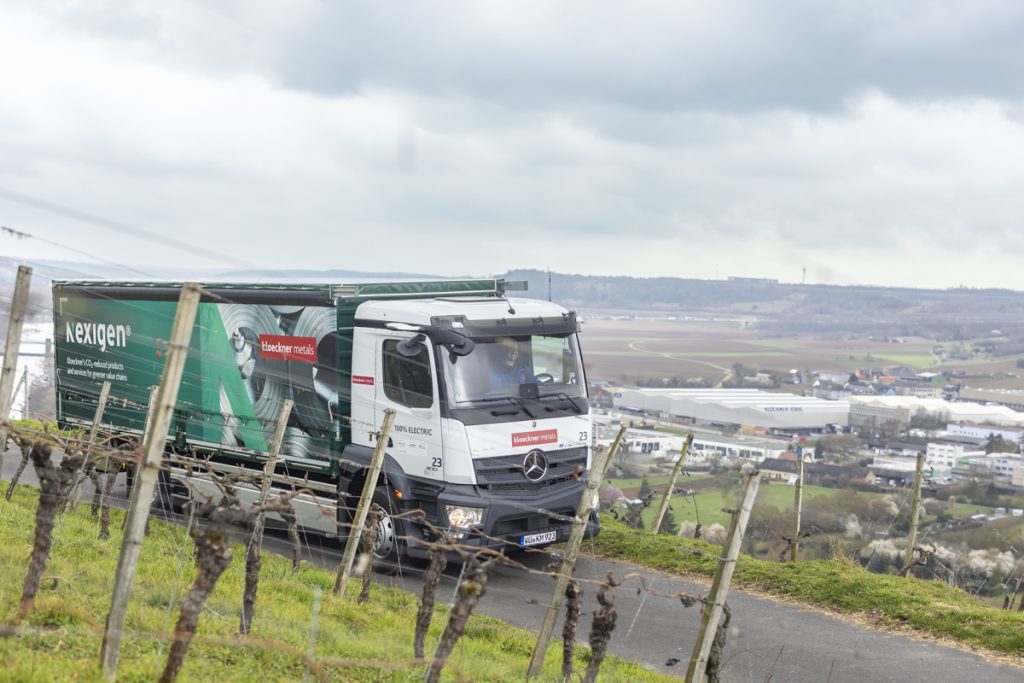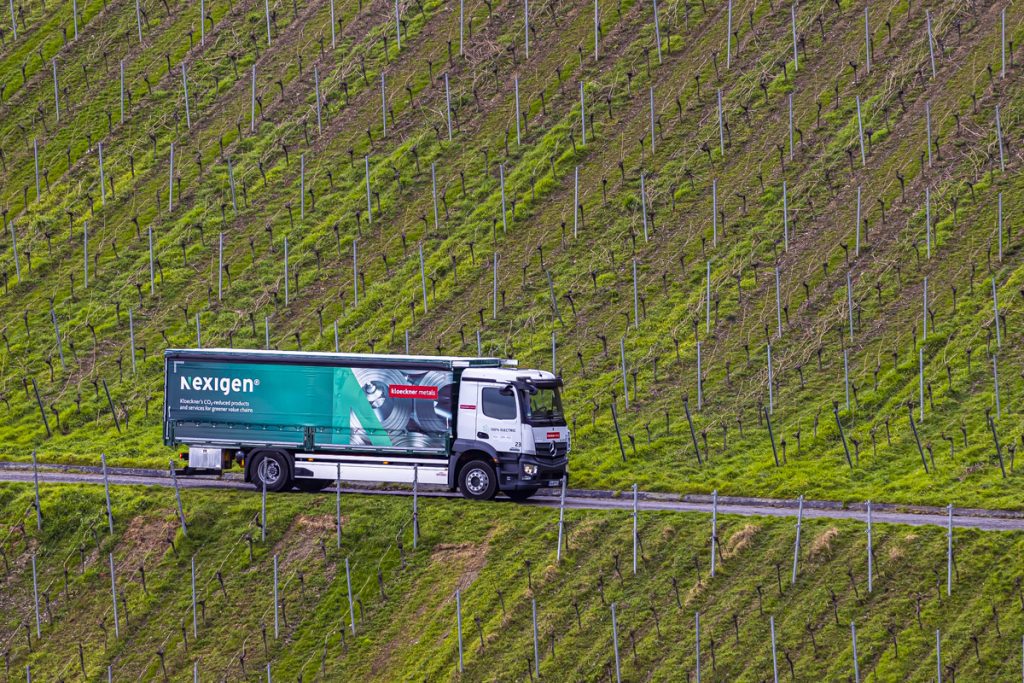By Felix Schmitz, Head of Investor Relations and Head of Strategic Sustainability, Klöckner & Co SE.
We are all aware of the fact that our societies and economies must change fundamentally if we still want to avert the irreversible consequences of climate change. This also includes the steel industry, which is currently responsible for more than 7% of global CO2-emissions. More and more of our customers and partners share this view and are making sustainable purchasing decisions in order to cut CO2 emissions and in turn develop “greener” products: At Kloeckner, we see the decarbonization of the value chain as a particular opportunity.

However, if you want to build truly sustainable and transparent value chains, you need to know the carbon footprint of the individual products – so what exactly is meant to be “green”? To date, the lack of a consistent definition of the term “green” has been a problem: how “green” is the steel you buy?
In our business at Kloeckner, one of the world’s largest producer-independent distributors of steel and metal products, we see this challenge our customers are faced with, in day-to-day operations. So we aim to help them bringing these emissions down. At the same time, we offer new opportunities and enable our customers and their industries to build sustainable value chains: Acting as a connecting link between steel producers and consumers with a global network in 13 countries, we provide our more than 90,000 customers local access to some 150 distribution and service center locations.

Our Nexigen® categorizations are the key to a transparent green steel industry
Addressing the green steel challenge, Kloeckner has introduced Nexigen®, our umbrella brand for green and sustainable metal products, offering transparent, CO2-reduced solutions for materials, operations and logistics that help our customers establish sustainable value chains while accelerating their green transformation.
This launch not only underlines our ambition as a pioneer of a sustainable steel industry, but is taking the next step: by introducing a clearly defined set of Nexigen® CO2 categorizations for steel, stainless steel and aluminium we categorize products based on their CO2 content and production method.
Our Nexigen® categories make it easier for customers to distinguish between CO2- reduced products. In return, customers are able to improve their own carbon footprint. At the same time we are convinced that our categories will accelerate the shift towards more sustainable production methods in our industry by increasing the demand for CO2-reduced products.
Knowing what’s inside: The Nexigen® PCF Algorithm
But how do you actually achieve this kind of smart categorization – particularly when you can choose from approximately 200,000 Kloeckner products? The smart formula behind it is Kloeckner’s proprietary and independently certified Nexigen® PCF Algorithm.
It is calculating the individualized product carbon footprint from raw material extraction to the customer’s factory gate (cradle to customer entry gate) for nearly all of our products, not just for individual parts. This means that the CO2 emissions of almost every product purchased can be precisely tracked down to the kilogram – a major advantage for customers in the competition to establish sustainable value chains. Thanks to our Nexigen® PCF Algorithm, our customers can make their purchasing decisions based on transparent values and implement their decarbonization strategy and in turn are able to create more sustainable value chains and products.

With Kloeckner, rough estimates for the CO2 footprint of a product are a thing of the past. This saves time and resources. When selecting their desired products, customers can opt to have their individualized CO2 footprint included in the form of our PCF Declaration. After the product is delivered at the customer’s factory gate, we use the Nexigen® PCF Algorithm to calculate the footprint, including transportation to the factory gate.
Our customers then receive the PCF Declaration digitally, including all important details:
- The product carbon footprint from raw material extraction to production and transport emissions from our warehouse to the customer’s factory gate
- Unique product affiliation: Detailed product information such as batch, order number, and delivery number.
This process is TÜV SÜDcertified and complies with ISO standards 14067, ref. ISO 14040 and 14044, as well as the GHG Protocol. Last but not least, more than 1,000 specially trained expert staff are available to advise customers as part of Kloeckner’s Sustainability Advisory Services (SAS), making it the first Green Steel Salesforce worldwide.

At the same time, with each PCF declaration and a concrete footprint, we always create an incentive for our customers to choose an even more sustainable product variant within our portfolio. As a result, our customers get the next generation of CO2-reduced steel and metal solutions already today. The Nexigen® categorizations for steel, aluminium and stainless steel provide (an initial guidance) on our customers’ CO2 footprint and help them make informed choices about products from the most sustainable categories.

